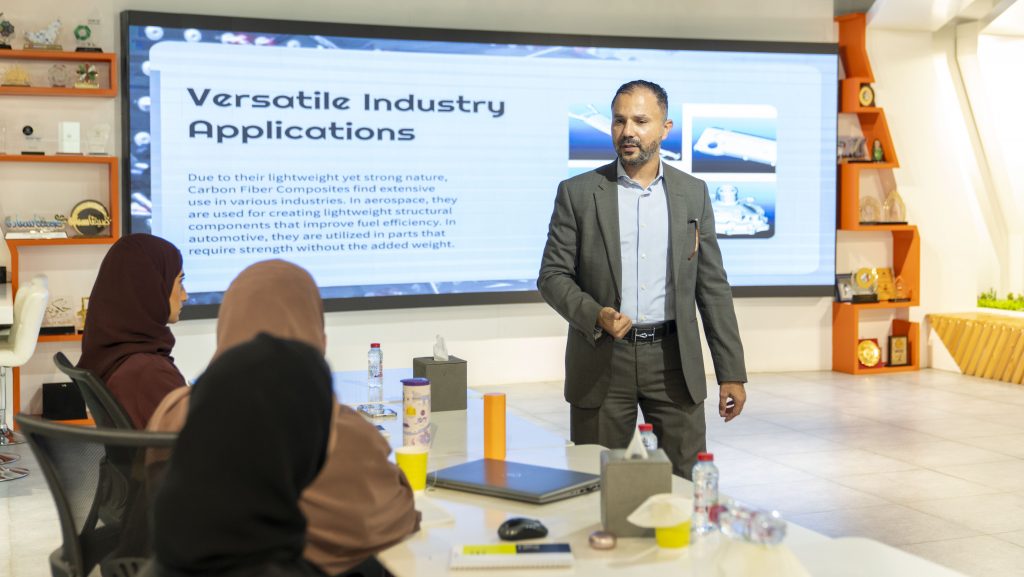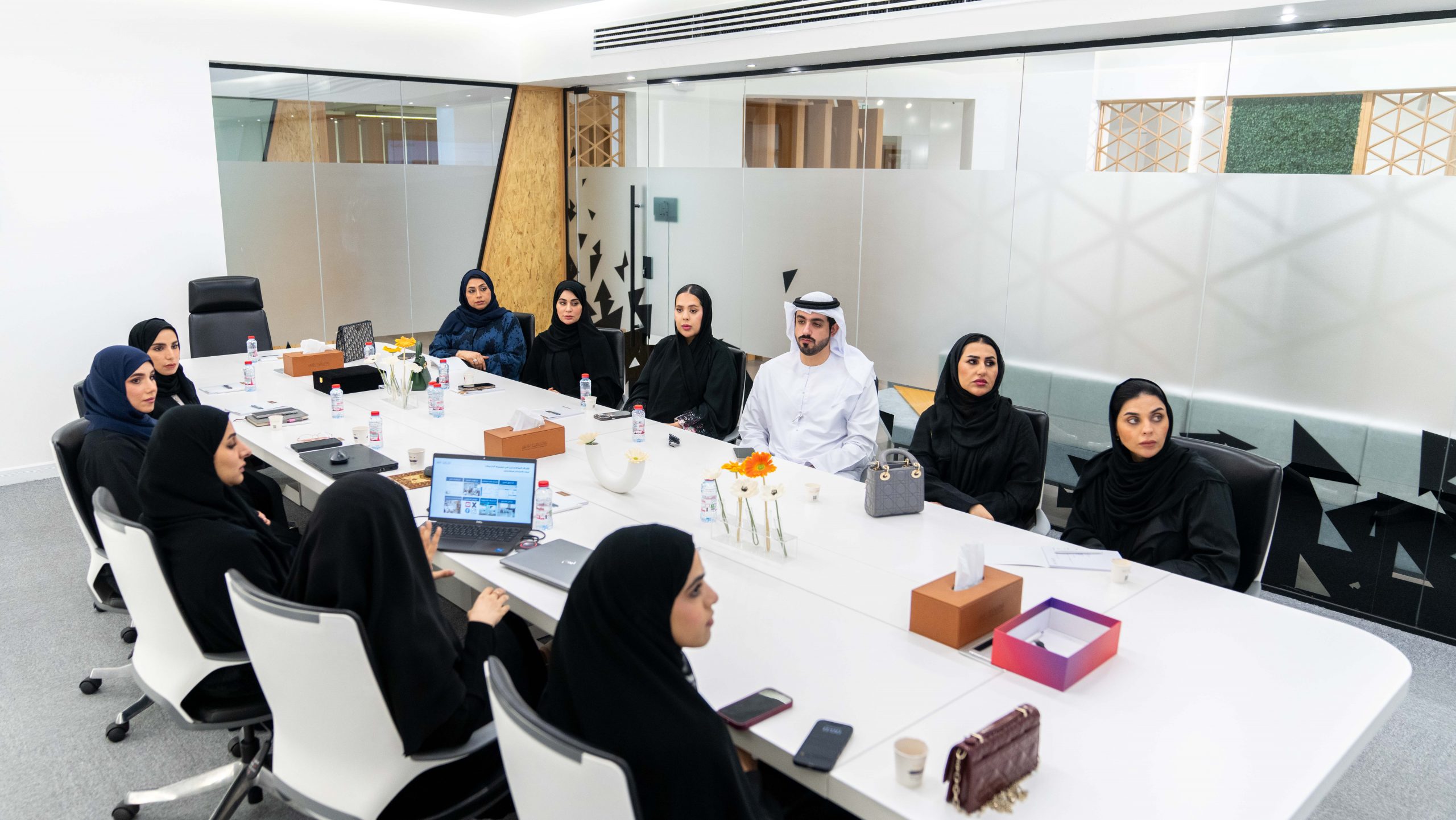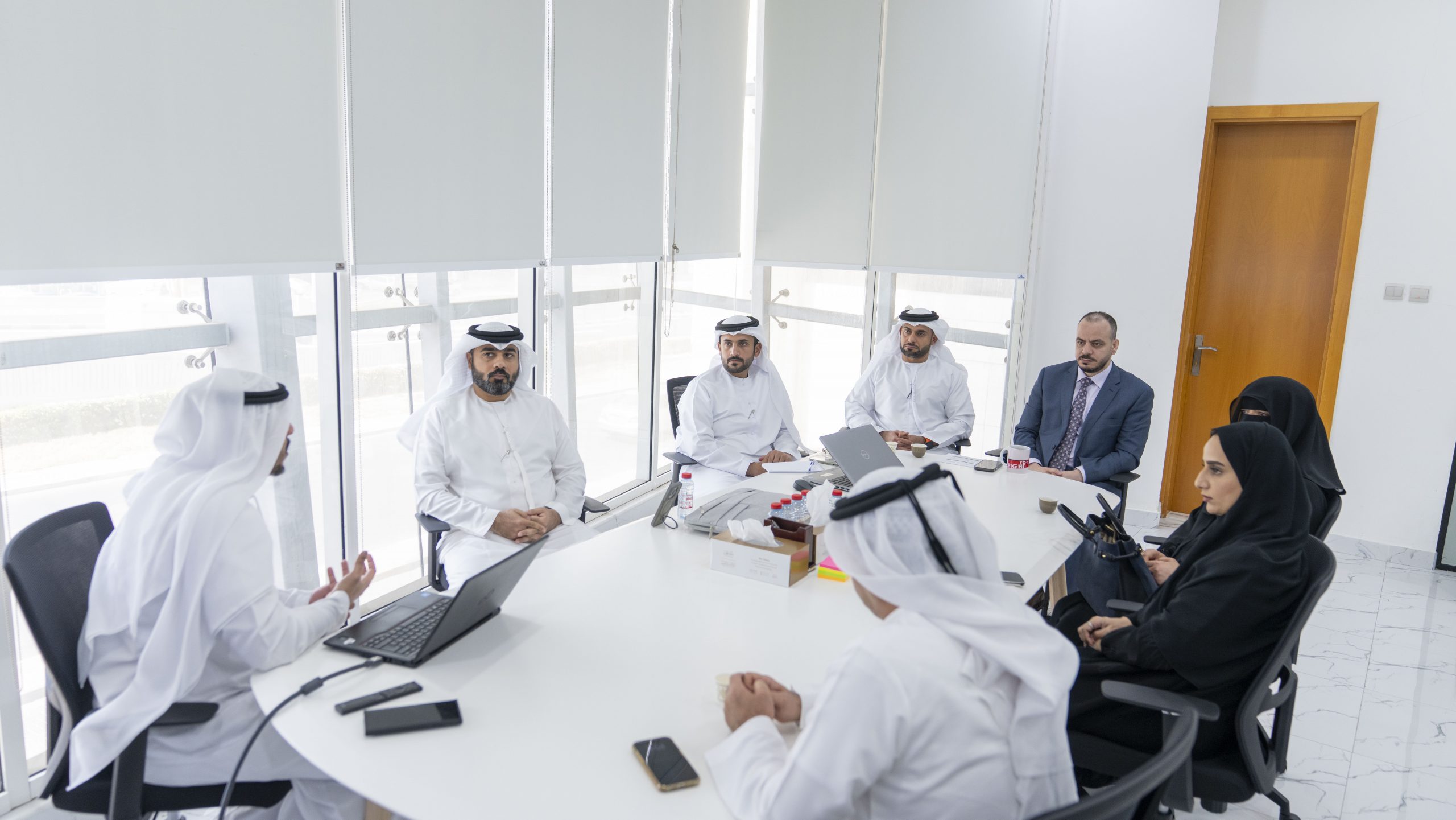The Innovation Labs at Ajman X Center, part of the Ajman Municipality and Planning Department, have announced the launch of a two-week program titled “3D Printing Skills for Cities of the Future.” This program seeks to strengthen the Department’s human resources by integrating modern technologies and innovation and applying them in their fields of work, in alignment with Ajman Vision 2030 to build a skilled national workforce to support the emirate’s ambitious goals.
In this context, Sheikha Dr. Noura Humaid Al Nuaimi, Innovation Advisor and Director of Ajman X Center, emphasized that innovation labs adopt comprehensive plans to instil a culture of institutional innovation and empower employees in various fields. She explained that investing in human capacity building is a top priority as it is the main driver of comprehensive and sustainable development and a key factor for excellence.
Dr. Sheikha Al Nuaimi said that the program focuses on 3D printing and its impact on urban planning, discussing the role of technology in supporting smart city initiatives and the use of 3D printed models in urban planning and interactive project presentations. It also addresses the technologies and materials used in 3D printing, introducing the types of printers and the latest innovations in this field, as well as environmentally friendly materials that can be used in infrastructure projects and sustainable buildings.
“The program’s themes include 3D printing applications in the construction sector, including printing residential and commercial structures and buildings, with a focus on reducing costs and accelerating the completion of municipal projects, and urban applications for cities of the future, such as the production of innovative urban components such as benches, shades, and walkways, in addition to redesigning public spaces using 3D-printed solutions,” Sheikha Dr. Al Nuaimi added.
Sheikha Dr. Al Nuaimi also said that the program includes service printing for the community, with a focus on uses in health facilities within cities and providing quick and innovative solutions for emergency crises. It also highlights the economic and environmental dimensions of 3D printing, promoting sustainability through waste reduction and recycling, and the contribution of technology to achieving sustainable development goals, in addition to legislation and regulatory policies related to the use of 3D printing in municipal projects.
It is worth mentioning that the program reviews successful global experiences and provides recommendations for local application, highlighting practical applications and case studies through workshops on designing and printing architectural and urban models and analyzing globally implemented projects in the field of future cities.






